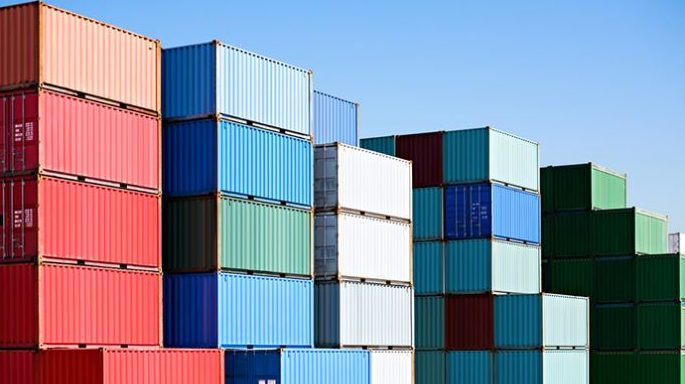The growing risk of equipment dislocation is a function of increased blank vessel sailings, which commenced during Lunar New Year to match lower container demand and will continue through April based on recently published service schedules. This vessel capacity reduction, coupled with frustrated cargo that has been sitting idle at Chinese ports and factories, will have far-reaching implications on getting the supply chain back to a stable state. Some refrigerated (reefer) cargo moving inbound to China, for example, has been sitting idle with little or no movement in the past few weeks. The chronic reefer plug shortage at Chinese ports has further exacerbated the situation, with some reefer cargo being discharged at other ports to prevent round-trip cargo voyages.
Recent congestion at Chinese ports and the lack of cargo movement has had a significant impact on traditional container flows and equipment repositioning. While Chinese factory capacity is estimated to be only at 40 percent of normal output, the expected surge in cargo demand and inventory replenishment could be further impacted by availability of raw materials and labor shortages.
Below is an update on the situation as it stands today:
Manufacturers/Ocean Freight – Shanghai
Since road transportation in/out of Shanghai has still not been fully restored, many factories are unable to import raw materials for their production lines. This is causing bottlenecks and delays for many suppliers. As a result, the Shanghai International Port Group (SIPG) has launched a shuttle barge service from the Jiangsu Taicang Port, Jiangsu Jiangyin Port, Zhejiang Dushan Port, Zhejiang Anji Port and other small ports that use Shanghai as a home port. With the shuttle barges in play an cooperation from COSCO, Maersk, EMC, CMA and other carriers, SIPG is able to provide quicker transport to the manufacturers. Yangshan and Taicang Ports are providing 24-hour barge service to further expedite the movement of raw materials to manufacturers to resume production.
Airfreight
The demand for airfreight continues to rise, and as such; rates are expected to remain elevated at least until middle of March.
Source: JOC, Mallory Alexander Asia-Pacific


